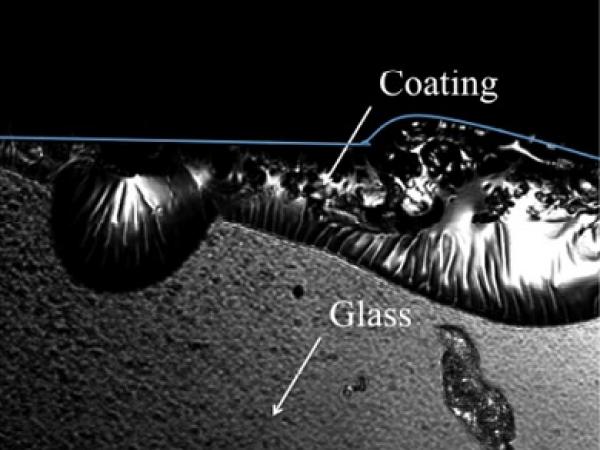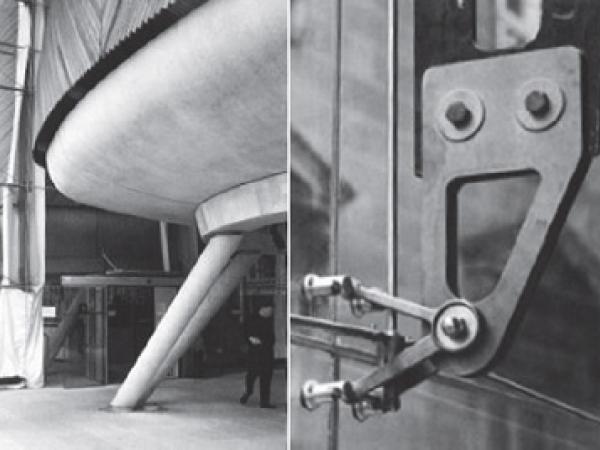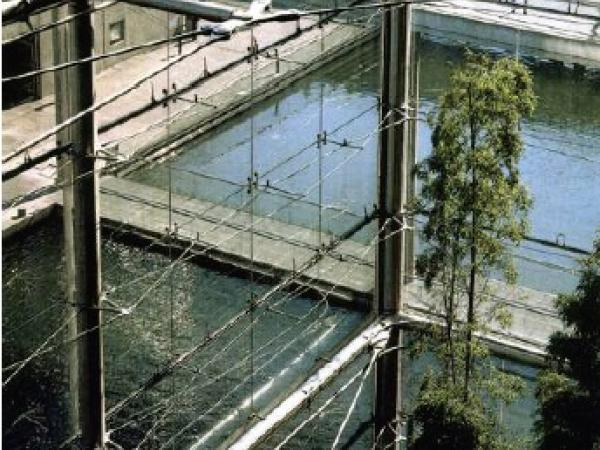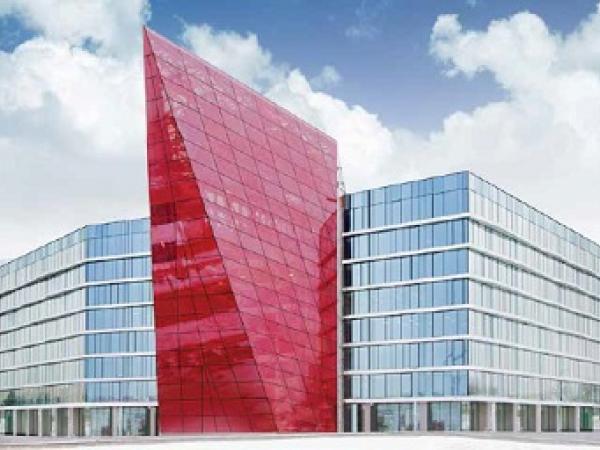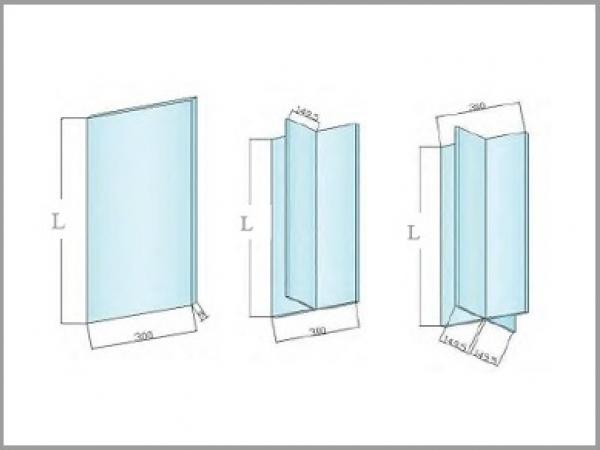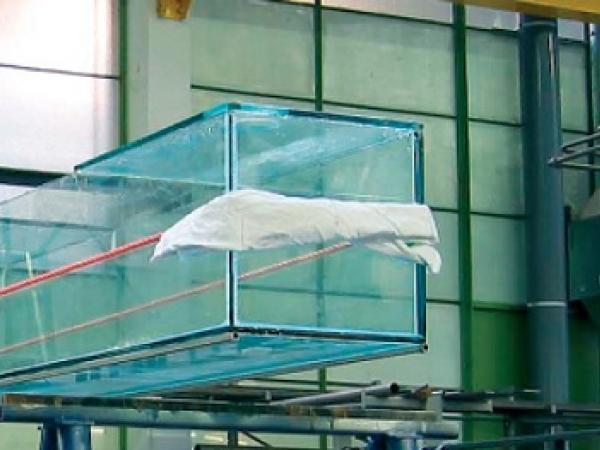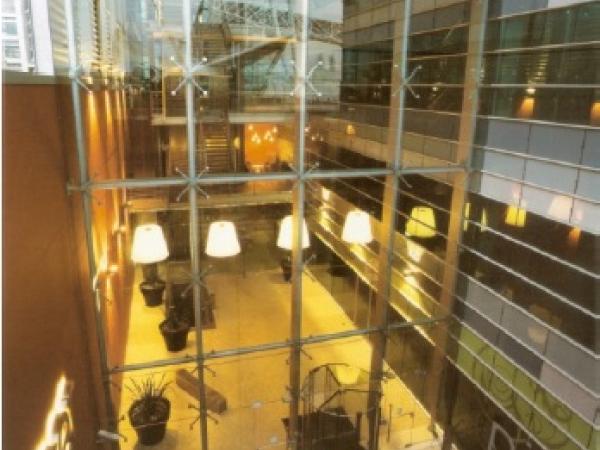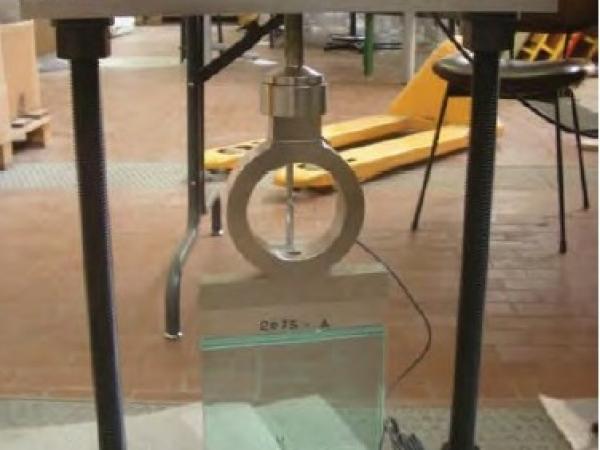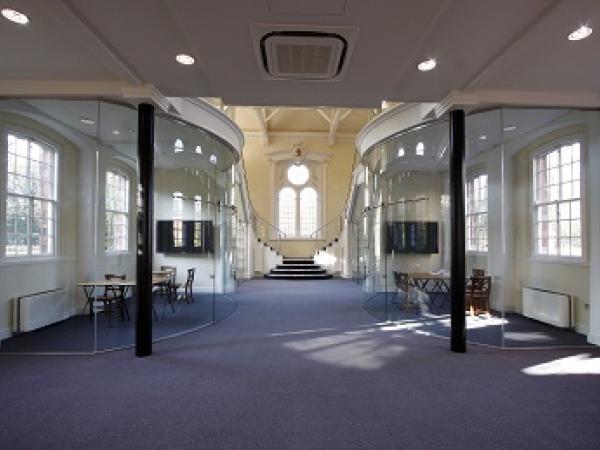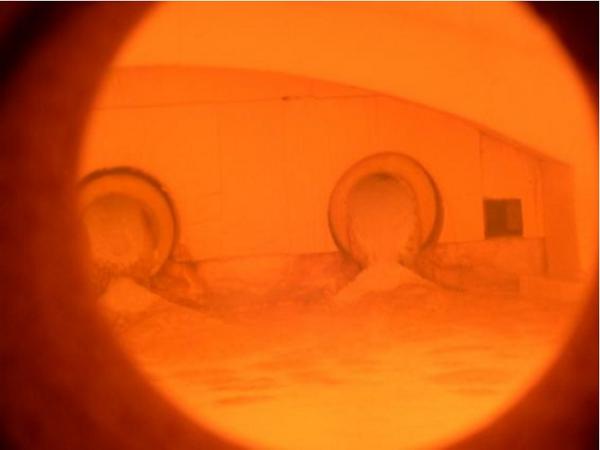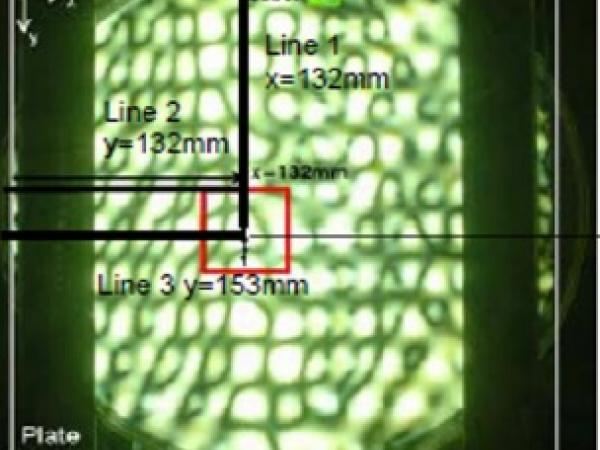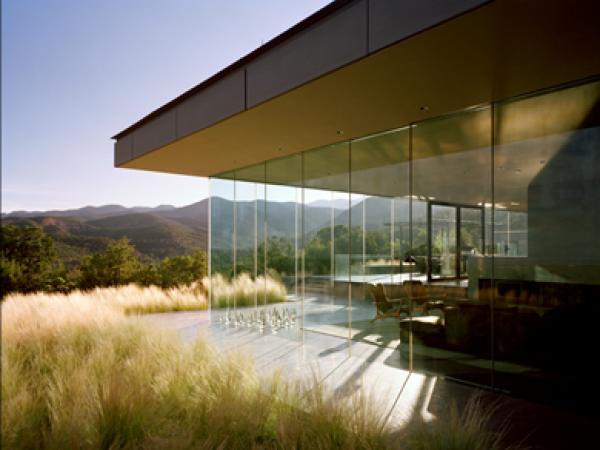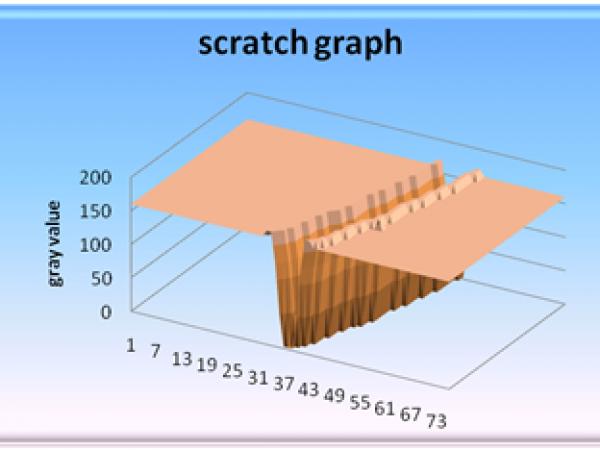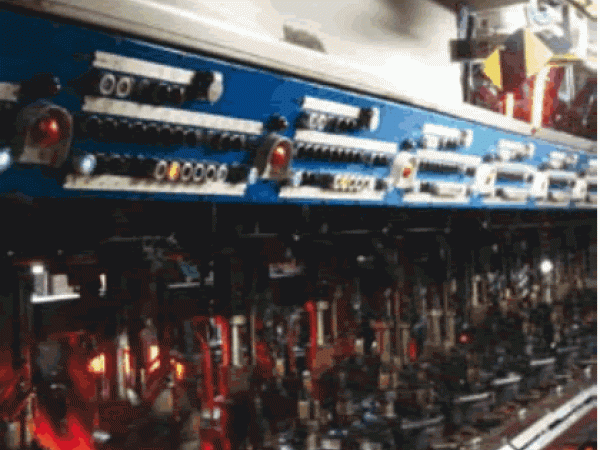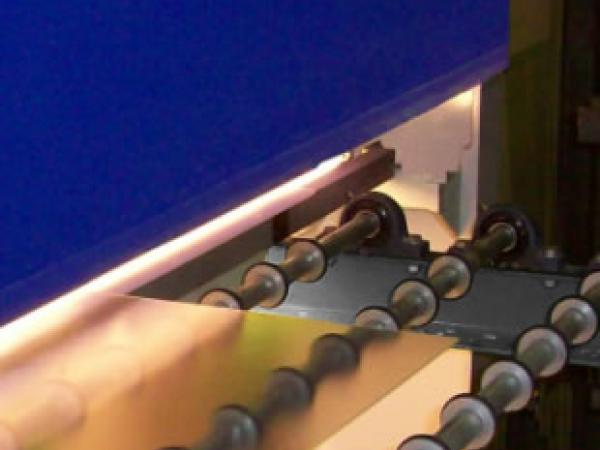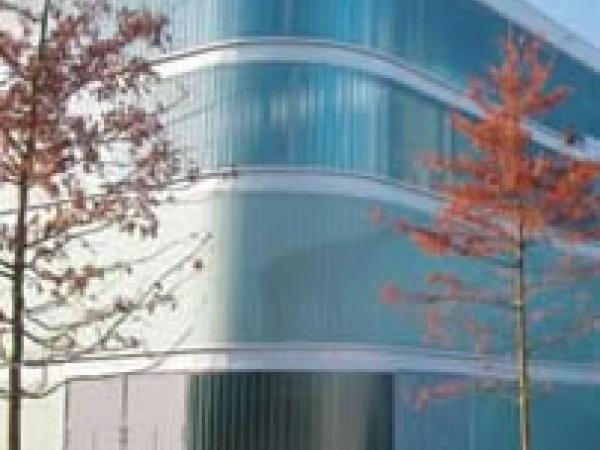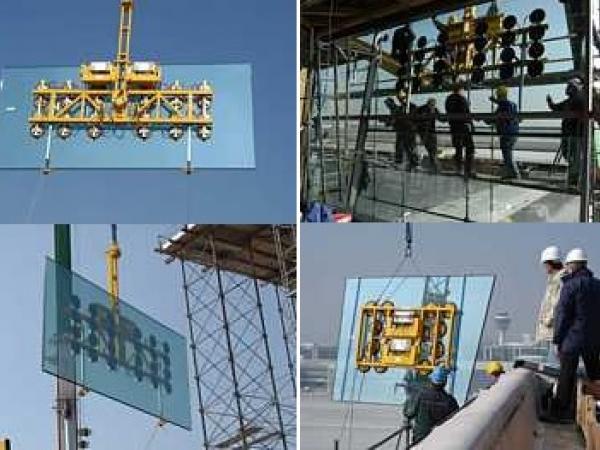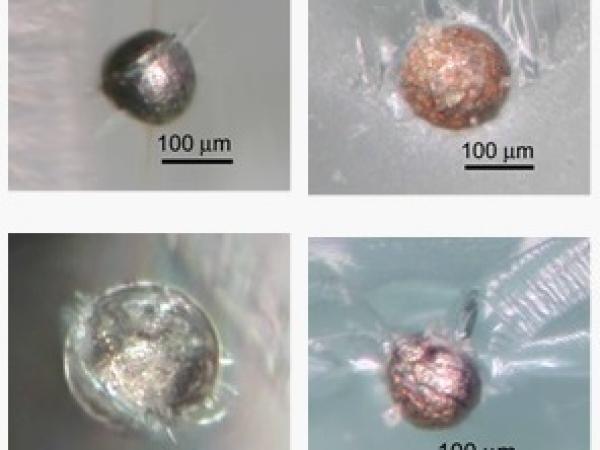Others also read
| In modern buildings, glass is increasingly used as a load-carrying material in structural components, such as glass beams. For glass beams especially the edge strength of glass is important.
| Despite the increasing research activity on structural use of glass in the past years, there is still a lack of comprehensive design codes and standards linked to real-life applications on a structural level. However, more and more ambitious buildings and structures are built every year.
| This paper intends to present how applications of structural glass systems have evolved in HDA’s projects since the author’s intial work at La Villette with Peter Rice and RFR.
| The new HQ for the Belarusian Potash Company (BPC) is a staggering example of glazing being deployed to maximise light and colour.
| A series of four-point bending tests were carried out on monolithic and laminated panels in order to evaluate the ultimate tensile stress of the glass considered and the effective level of connection between the glass foils.
| The article presents an overview of research and applications of glass as structural material, cooperating with other materials: steel, timber, glass or carbon fibre composites.
| Currently modern facade buildings rely on glazed curtain wall systems. These systems include either singular aluminium alloy frame glass curtain walls or frameless glass curtain walls. This is the case of the so called spider fixing systems, which are pointed supported.
| Laminated glasses consist of two or more glass sheets bonded together with plastic interlayers. The lamination gives to LGs a safer behaviour than monolithic glasses, avoiding injuries to people in case of breakage.
| To understand how sound insulation works for windows and framing it is important to understand how sound itself travels and transmits.
| Melting glass is a very energy intensive process, with process temperatures of more than 1600°C required to melt the raw materials in the furnace.
| The paper shows that the residual stress at the surface of tempered glass panels may vary both locally and globally, i.e., stresses near the edges and corners of the panels may be considerably different from the stresses in the middle part of the panels.
| The canopies are a composite construction between both steel and glass, leaving no element without stress or structural function.
| Glass industry standards in different countries require 24/7 quality control with the same specifications and fully automated analyses and following statistics.
| Process control is a key factor for speed and efficiency of IS machines. To run a machine at high performance levels it is essential to achieve and maintain stable production conditions.
| The current manufacturing of tempered glass is a complex as well as time- and cost-intensive process. Not only long processing times, but also high energy costs have a significant impact.
| Architects have more options than ever for incorporating glazing into building designs. One product introduced to North America in recent years is channel glass.
| Insulating glass panes of 5.0 x 2.3 m made of twice-laminated glass 16 mm thick and weighing about 925 kg had to be installed at a height of up to 45 meters as well as 18 mm thick enamelled special glass plates for the tower facing - and this in the 9° upward-sloping tower.
| In recent years there have been a number of sensational reports in the media about “glass cancer” and “spontaneous glass fracture”, with stories relating to “glass raining down from highrise buildings”.

